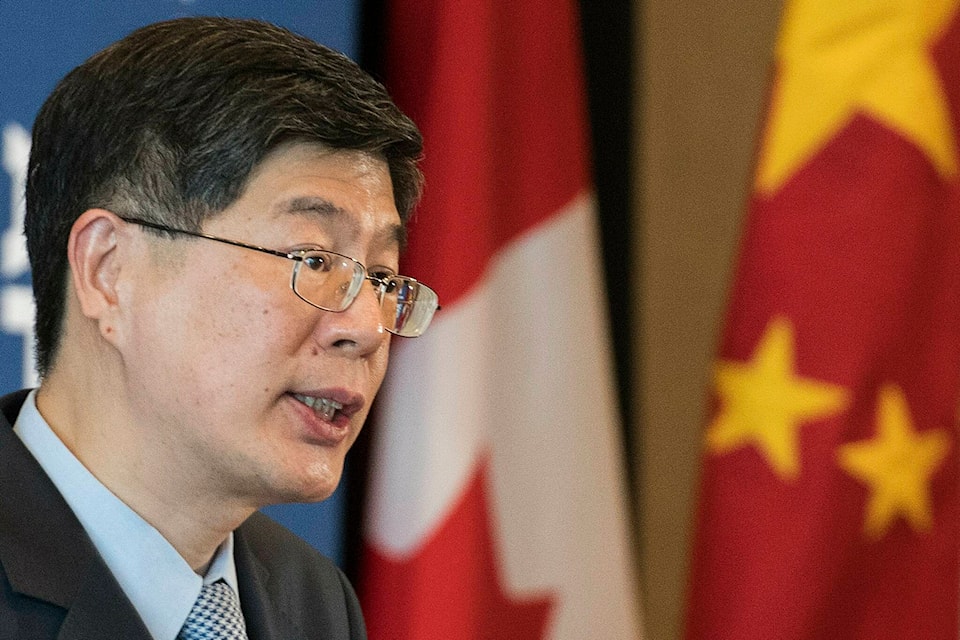Trade between China and Canada hit record levels in 2022, with imports breaking the $100-billion mark for the first time, Statistics Canada data show.
Economists and others say businesses are looking beyond political tensions between the two countries, as demand ramps up and established supply chains reassert themselves in a post-pandemic world.
James Brander, an economics professor at the University of British Columbia’s Sauder school of business, said in the absence of government policies directing otherwise — such as those currently restricting trade with Russia — companies would not prioritize politics.
“Of course, yes, there are tensions. But economic or trade flows, and economic activity in general, isn’t affected very much by the political tensions unless there is some explicit policy,” said Brander.
The Statistics Canada data show Canada imported a record $100,027,968,000 of goodsfrom China last year, up 16 per cent from $86 billion in 2021.
The biggest category of imports in 2022 was consumer goods, at $31 billion, followed by electronic and electrical equipment, worth $28 billion.
The data show Canadian exports to China also reached a historic high of $27.9 billion, recovering from a slump that followed the 2018 arrest of Chinese Huawei executive Meng Wanzhou and China’s detention of Canadians Michael Spavor and Michael Kovrig.
China last year lifted a three-year ban on Canadian canola that had been imposed after the arrest of Meng, who has since returned to China.
But tensions between Ottawa and Beijing remain high amid allegations of Chinese interference in Canadian elections and government confirmation of Chinese surveillance operations.
Anastasia Ufimtseva, a program manager at the Asia Pacific Foundation of Canada, said that although economics and politics are “very tied” together, it could take a long time for them to become aligned.
In the meantime, businesses will abide by global trade dynamics, and seek cost-effective solutions, she said.
“Potentially in the future, we might observe the changes in trade, they might trickle down, but we still need to be cautious about all the factors that businesses take into account when they form the decision.”
Ufimtseva said it isn’t easy for businesses to find alternatives to China, the second-largest economy in the world.
“Despite a lot of countries saying that post-pandemic, we want to establish alternative supply chain structure, it’s costly and difficult to switch if your business was established, you have your suppliers. It will take such a long time to find alternatives to build that infrastructure,” said Ufimtseva.
She said existing supply chains had stabilized after pandemic disruptions.
Daniel Trefler, an economist at the University of Toronto, said manufacturing supply chains can’t be moved easily.
“Of course, that’s extremely difficult to do,” said Trefler. “It’s impossible to do in a short period of two, three, four years.”
China’s consulate in Vancouver last week rejected a report in the Globe and Mail newspaper describing alleged efforts to oust candidates seen as unfriendly to Beijing. The consulate said the report was “smearing and discrediting” China.
The Defence Department and Canadian Armed Forces, meanwhile, confirmed last week that they were aware of recent efforts by China to conduct surveillance operations in Canadian airspace and waters.
—Nono Shen, The Canadian Press




